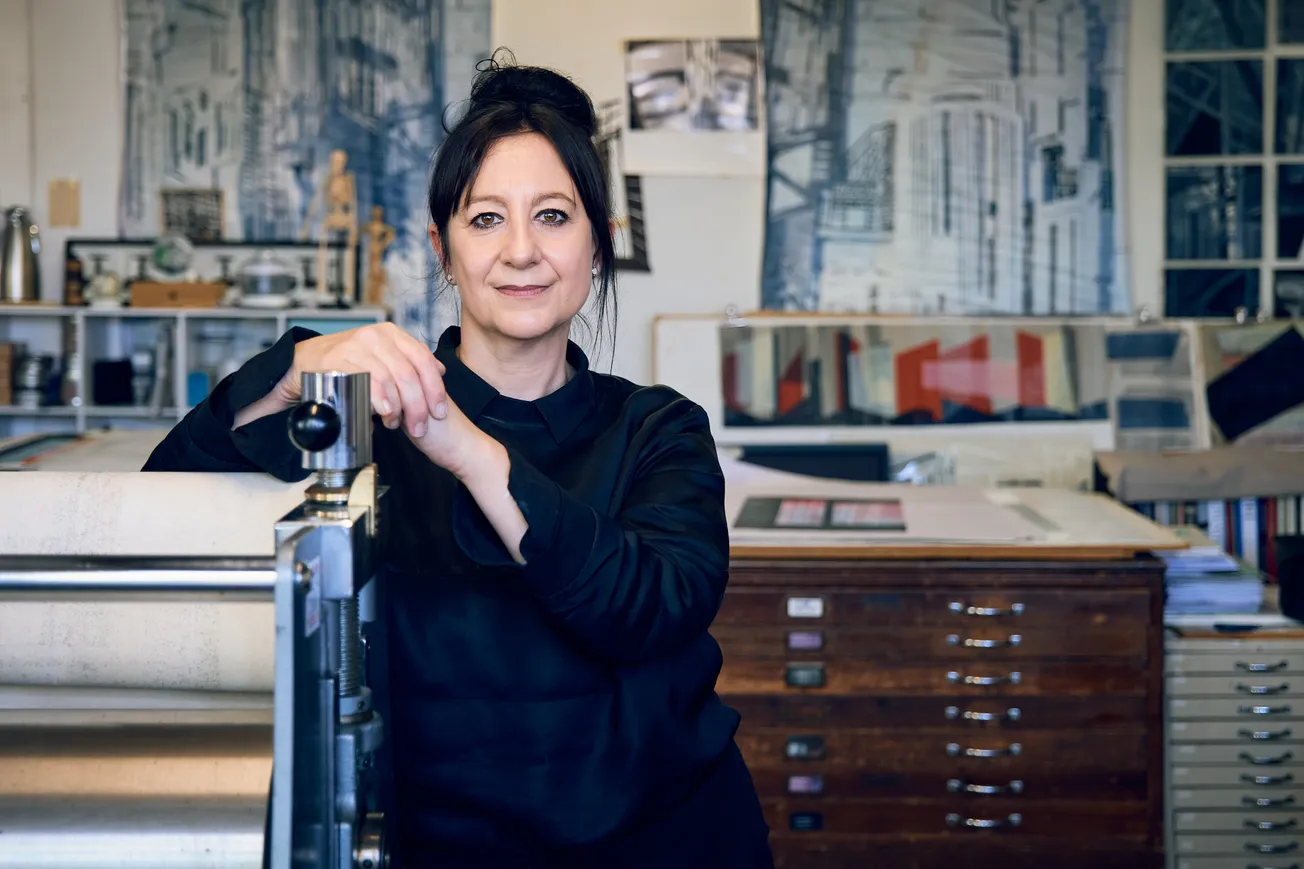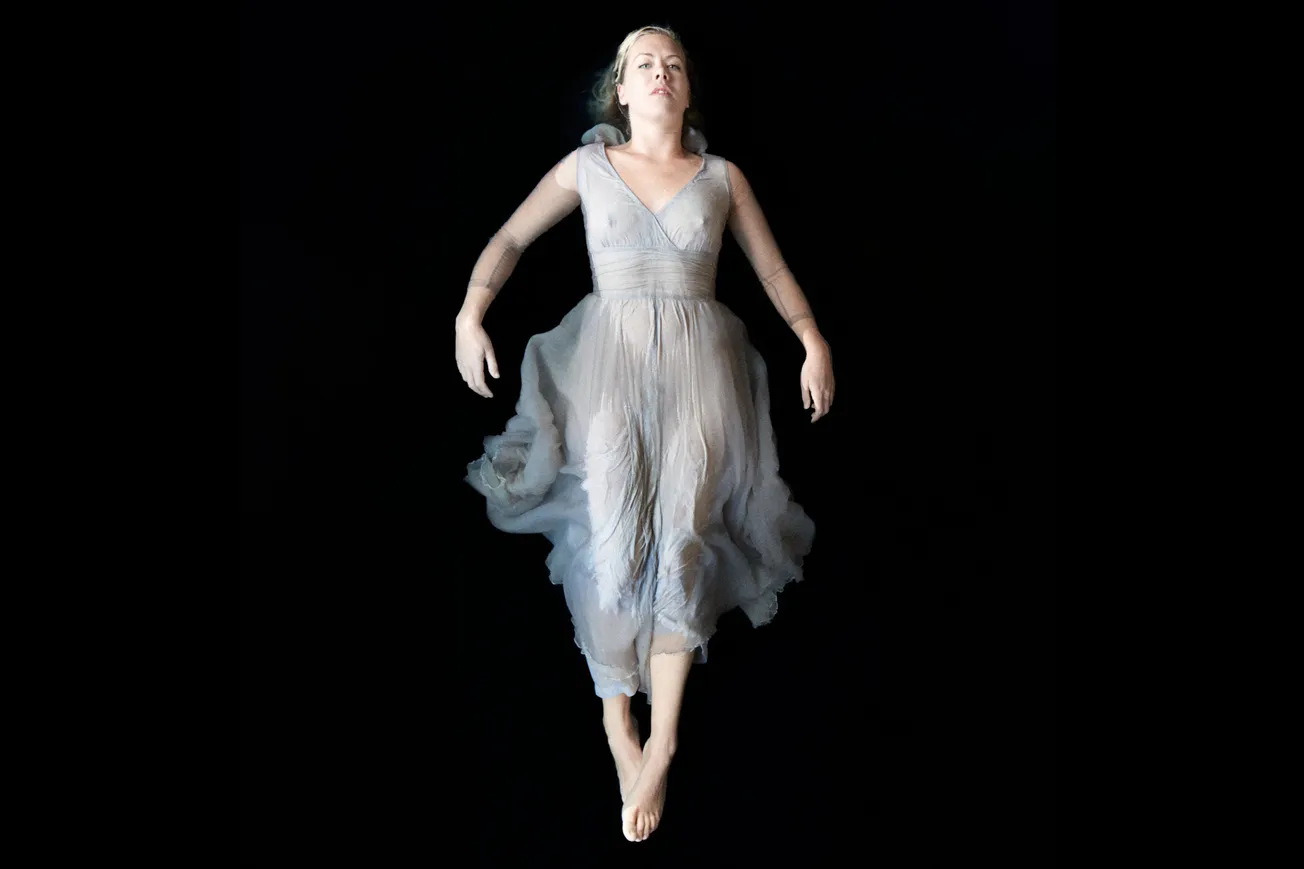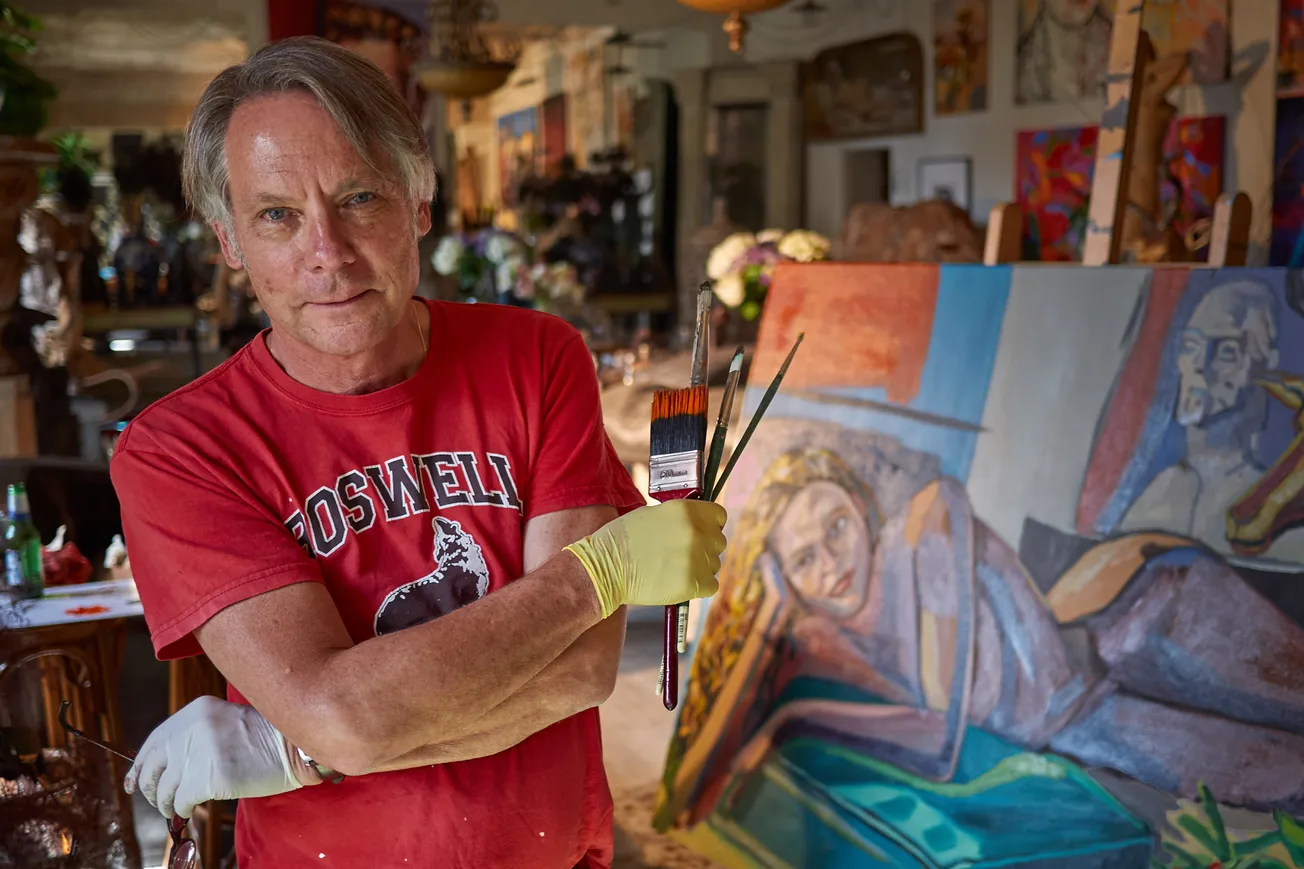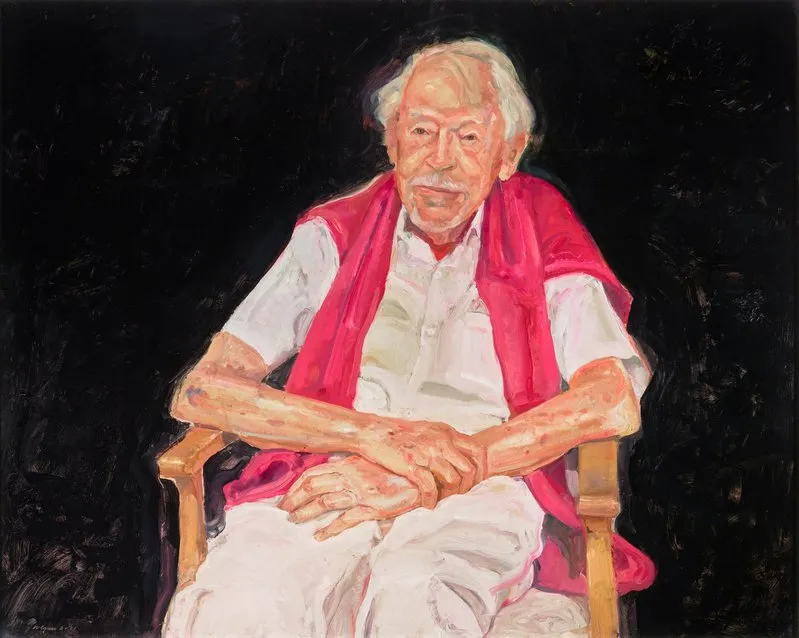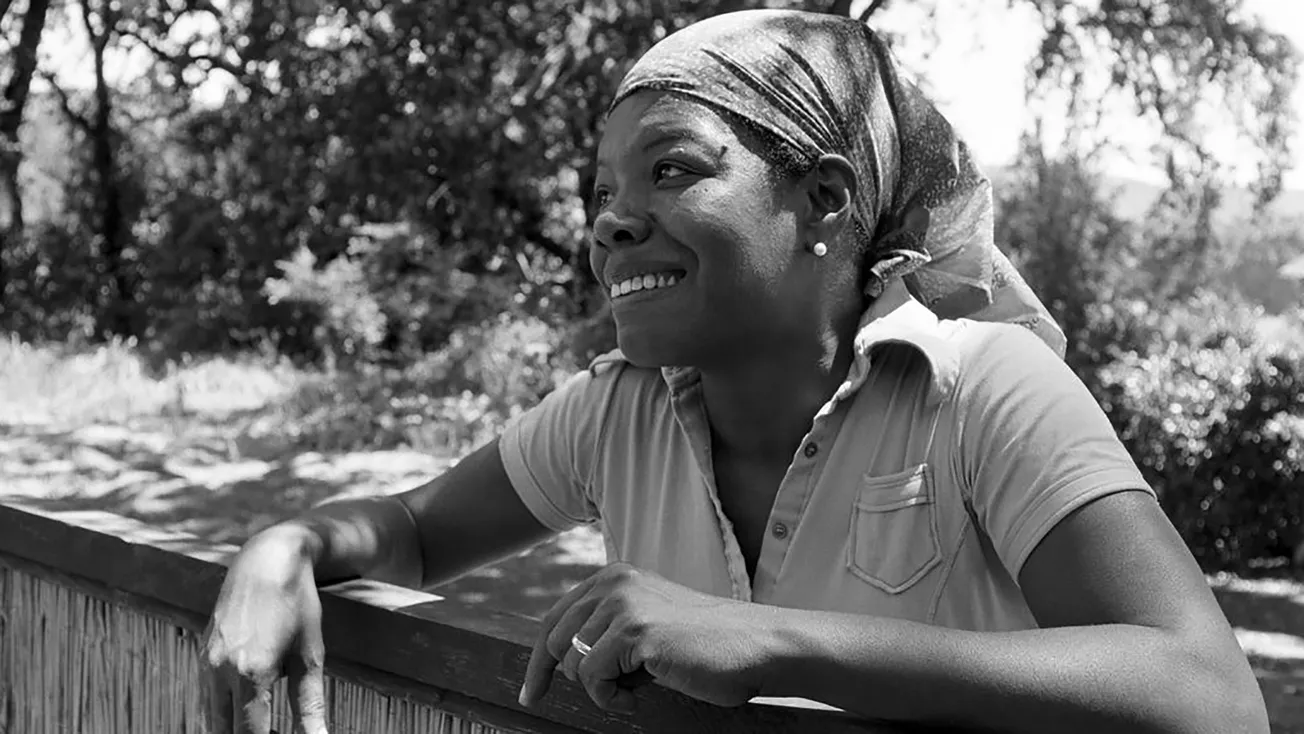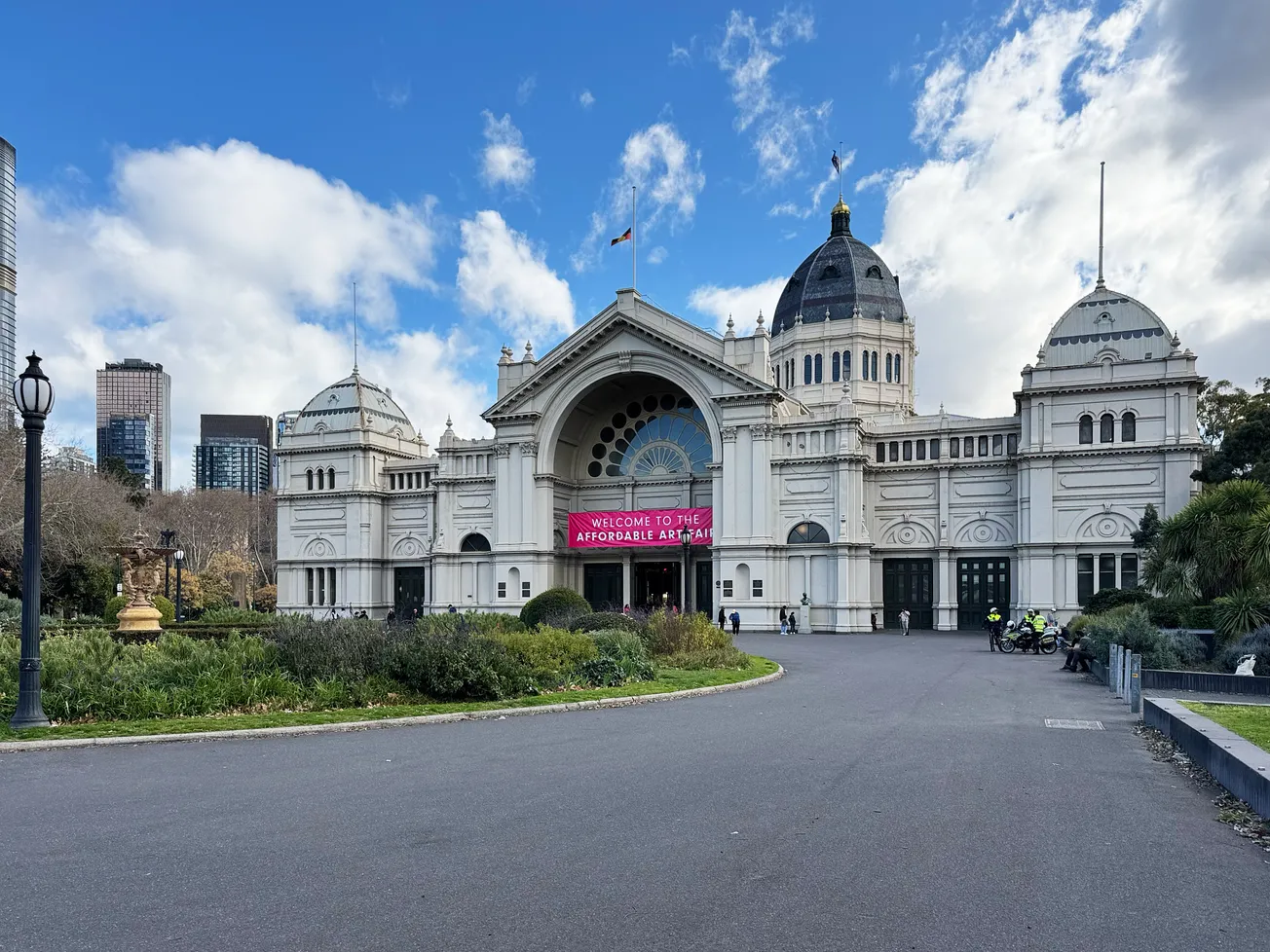Table of Contents
Art Minute
| Title: | Cat Poljski |
|---|---|
| Duration: | 13:30 |
| Year: | 2020 |
| Director/DOP: | Peter M Lamont |
| Music: | Moby |
About Cat Poljski
Early Life and Background
Born in Melbourne in 1967, Cat Poljski developed an early interest in the arts, particularly in the visual representation of urban landscapes. Her fascination with the structural and aesthetic aspects of cities has been a central theme throughout her career.
Artistic Development and Education
Poljski pursued formal art education at the Phillip Institute (now part of RMIT University), where she earned a Diploma of Fine Arts in Printmaking between 1986 and 1988. In 1990, she completed a Diploma of Education at the Hawthorn Institute of Technology (now part of the University of Melbourne). Furthering her studies, she obtained a Master of Fine Arts from Monash University between 2007 and 2011. Her academic journey provided a solid foundation for her printmaking practice, allowing her to refine her technical skills and conceptual approach.
Major Works and Exhibitions
Poljski has an extensive exhibition history, with notable solo exhibitions including "Reflecting Spaces" (2024) and "Hidden Spaces" (2023) at Tacit Art in Melbourne. Her work has also been featured in group exhibitions such as "The Alliance II" at Queenscliff Gallery in 2023. Internationally, she has participated in residencies, including at Point B Studio in Brooklyn, New York, and the Red Gate Studio in Beijing, China.
Style and Technique
Poljski's work is characterised by her use of traditional printmaking techniques, including etching, aquatint, and relief printing. She often layers multiple copper plates to create complex, abstracted cityscapes that explore the relationship between real and imagined urban spaces. Her compositions reflect a deep engagement with architectural forms and spatial dynamics, inviting viewers to consider the evolving nature of urban environments.
Legacy and Influence
Through her innovative approach to printmaking, Poljski has made a significant impact on contemporary Australian art. Her explorations of urban themes and her technical proficiency have influenced a generation of artists interested in the intersection of architecture and visual art. Her works are held in private collections and have been featured in various publications, underscoring her contribution to the field.

